How & When To Plant Lilac Bushes: 5 Simples Steps
-
Pete Ortiz
- Last updated:
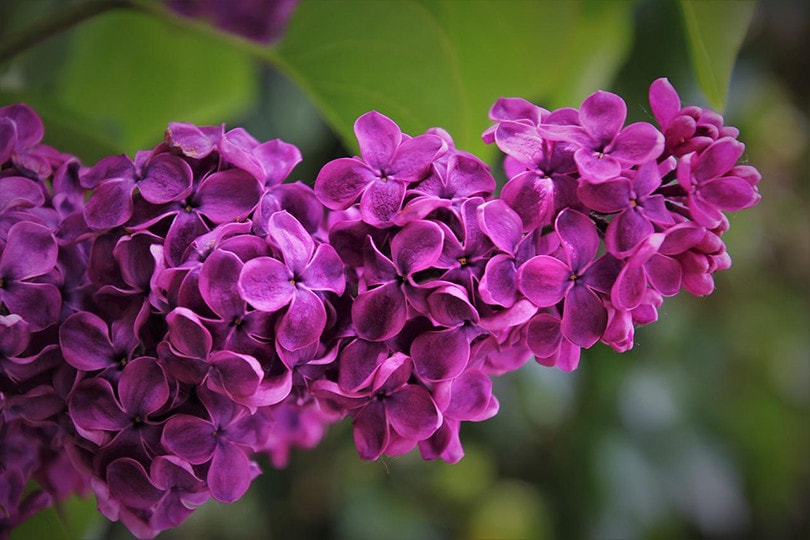
Lilac bushes are beautiful perennial plants that can produce vibrant blooms year after year if they are cared for properly. Lilacs are prized for their beautiful color and low maintenance care. These shrubs make for great border plants and landscape centerpieces. The first step to cultivating consistent lilac bushes is to plant them properly. If a lilac bush can remain healthy through the first season, its chances of surviving for multiple years dramatically increase.
Here is how and when to plant lilac bushes for the best results.
Preparation
Before starting to dig out the spots for your lilac bushes, you will need to gather a few items. In order to plant lilac bushes, you will need the following items:
- A shovel
- Water source
- Lilac starters
- At least five feet of space
- Gardening gloves
- Pruning shears
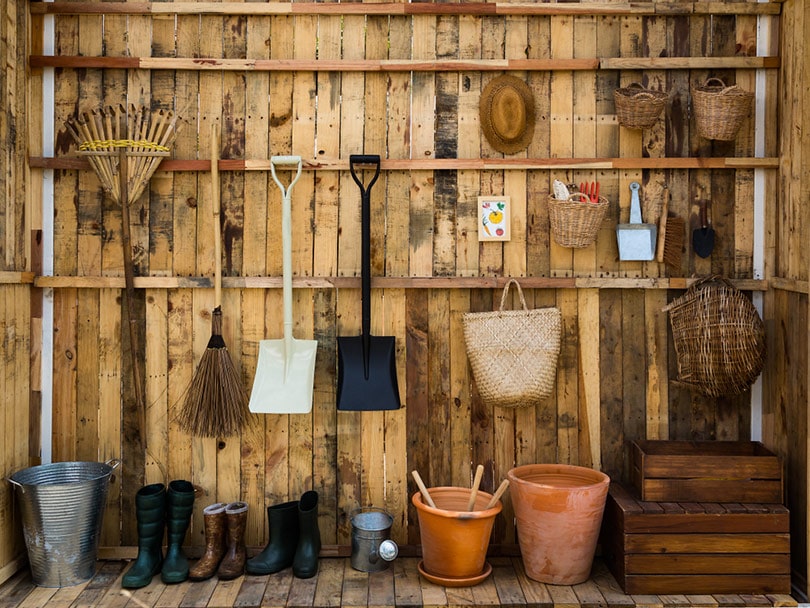
Once you have gathered the necessary materials, it is time to choose the location for your bushes. Lilac bushes do best when they have ample space of their own to spread out and grow.
The 5 Steps to Planting Lilac Bushes
1. Space Out Your Bushes
If you are planning on planting multiple lilac bushes, you will need to leave at least five feet of space between each shrub. Some landscape experts suggest leaving up to ten feet of space between your plants. Overcrowding your lilacs will cause them to become stunted and unhealthy. When in doubt, leave more space than you think you need before planting.
If you are using a tape measure, mark out five feet and six inches between each spot. The extra inches will help account for the holes you will need to dig to accommodate the bushes. That way you will have a full five feet between the branches of your lilacs.
2. Dig Your Hole(s)
After you have spaced out your bushes, it is time to dig the holes to prepare for planting. If your shrub starter came with a root ball, you need to dig a hole deep enough to allow the root ball to sit level with the top layer of soil. If your starter can with bare roots, you want to ensure that the roots have at least four inches of depth to spread out into.
Dig your holes a few inches down and with enough diameter to account for the bottom of your shrubs.
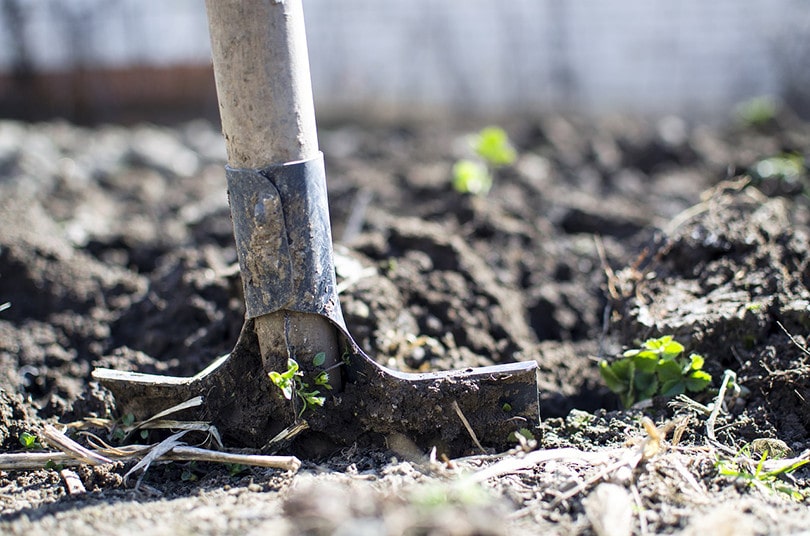
3. Plant the Bush In the Hole
Once your holes are completed, it is time to set your shrubs. Place each shrub in the freshly dug hole and make sure that the roots are completely in the ground and that the base of the shrub is sitting firmly level with the surrounding soil.
Once the shrubs are set and centered, backfill the holes with fresh soil and pack them in tight. Make sure that the bushes are maintaining their spacing during planting and that there are no roots left above the ground. Check how the shrubs look and where they are located before continuing on to the next step. Once the bushes get established, they can be hard to remove, so make sure you like their location.
4. Water In
Next, water the bushes. Using a garden hose, soak the soil until it is black and wet. Water the base of each shrub until there is standing water around the base. Watering in a plant helps compact the soil and remove any pockets of air or clumps that might have settled around the roots. If the soil collapses around the base of the shrub, you might need to add more soil. If you add dry soil, continue to water until it is soaked. Repeat until the soil around each shrub is black and compact.
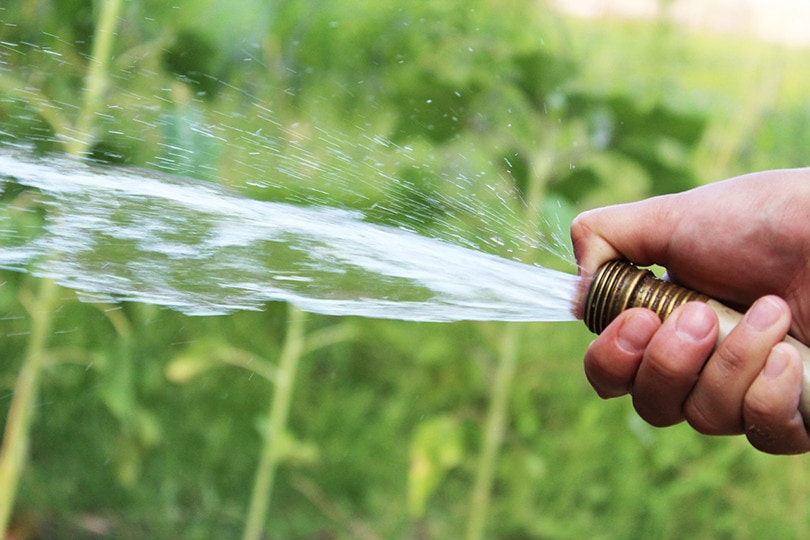
5. Monitor and Prune
Once the bushes have been settled, it is time to monitor and care for them. If you planted your lilacs in the spring, the bushes would start to bloom a few weeks after planting. If you planted your lilacs in the fall, they would not bloom until the following spring. Keep an eye on your new lilac bushes and watch for signs of rot, withering, and insect infestation. The first season is the most important for a newly planted shrub. If your bush blooms in the first year, be sure you prune it after the buds start to drop to ensure a good bloom the following year.
When To Plant Lilac Bushes
Lilac bushes can be planted at two different times, late spring or early fall. If you plan on planting your lilacs in the spring, be sure that the ground has warmed up and that there is no risk of a frost. Timing the last frost of the season can be tricky for people that live in northern areas, but it is crucial to establishing a healthy lilac shrub. The best months to plant lilac bushes in the spring are April and May.
If you plan on planting in early fall, be sure you plant a few weeks before the first frost. In many areas, the best month to plant in the fall will be September or October. There are some people who prefer planting their shrubs in the fall and some people who prefer to plant their shrubs in the spring. Both seasons offer good opportunities for success, and the choice will ultimately be up to you.
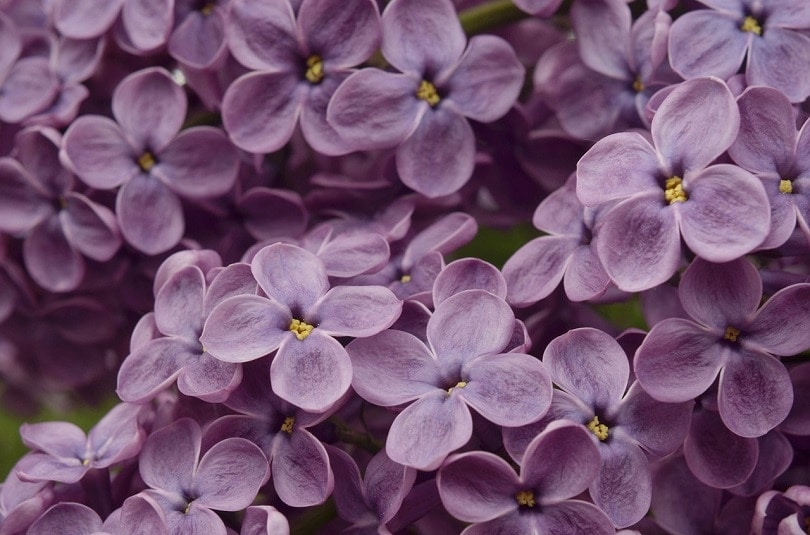
Water and Sun Requirements
Lilacs require full sun and a moderate amount of water. Be sure to plant your lilac bushes in areas that receive at least eight hours of sunlight per day. Some lilacs will do fine in areas that are partially shaded. For the absolute best results, plant them in full sun with zero shade.
Lilacs need to remain moist, but they don’t need to be soaked. Many people praise lilac bushes because they require very little maintenance to thrive. Make sure to plant the lilacs in well-drained soil and keep the area moist for the best results. Lilacs do not need to be watered regularly. A solid soaking every once in a while is more than enough for most shrubs. Overwatering your lilacs can cause root decay which will eventually lead to death. The best way to prevent root decay is to ensure that the soil is loose and well-drained. Sitting water will quickly damage a lilac’s root system.
Don’t Neglect Pruning
Pruning is a critical part of owning a healthy lilac bush. Failing to properly prune your lilacs in a timely manner can severely hamper their long-term health. The best time to prune your lilacs is right after they are finished blooming.
Once your lilacs start dropping their buds, it is time to prune them. It is critical to cut away the old blooms as well as any dead wood that might have accumulated during the season. Experts suggest cutting a third of your lilac shoots down to the base to improve airflow and future growth. Be sure to drop the old blooms around the base of the lilac bush, as they will provide nutrients for the plant going forward.
If you do not prune your lilac bush, it will grow large and unwieldy, which will hamper its overall health as well as cause it to look unmanaged. Unpruned lilacs will also produce fewer flowers and more uneven clusters of blooms than a well-pruned plant.
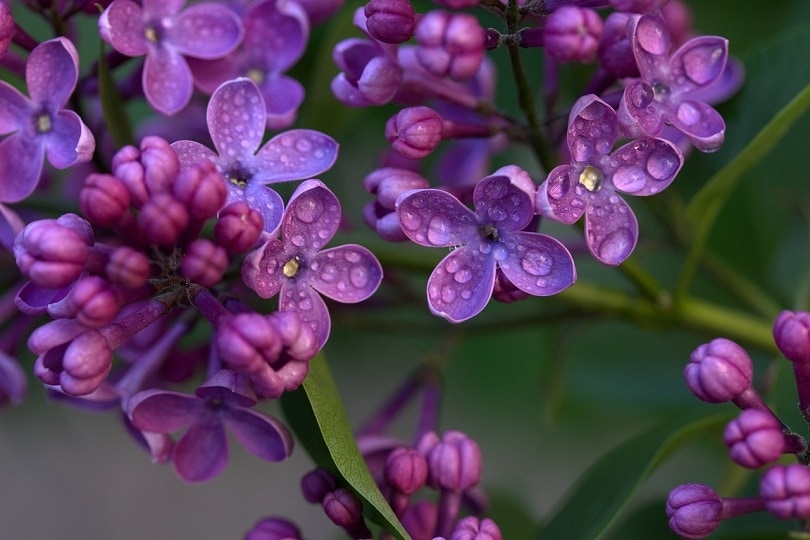
Fertilizer Tips
Unlike some plants, lilacs do not benefit from frequent fertilizing. Lilac bushes should never be fertilized during their first year. Do not fertilize your lilac bushes until they have bloomed and made it through at least one winter. After your lilac shrubs successfully make it through their first season, you can fertilize them at the start of spring. Use high-nitrogen fertilizer at the beginning of spring, after the last frosts have passed, for the best results.
Lilac bushes should only be fertilized once per year. One application of fertilizer at the base of the bush will be more than enough to feed your plant for the next season. Over-fertilizing your lilac shrubs can cause them to produce fewer flowers, and in some cases, it will prevent the bush from flowering at all.
If you are worried about over-fertilizing your lilac bushes, it is completely fine to forego any fertilizer. Most lilac bushes will be just fine without any fertilizer.
 Conclusion
Conclusion
Successfully cultivating a healthy group of lilac bushes will be a breeze if you use these tips and tricks. Lilacs are extremely low maintenance and require very little upkeep once they are established. A healthy lilac bush will produce fragrant flowers from April through June. The healthiest plants can have a full six weeks of vibrant flowers and will come back year after year. The key to success is planting them properly and at the right time.
See also:
Featured Image Credit: pasja1000, Pixabay
Contents


